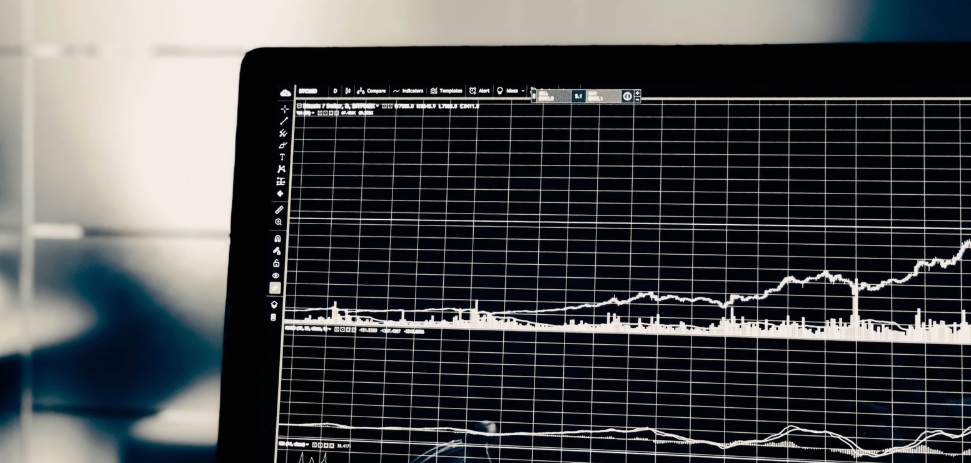At the moment, most U.S. stock brokers will charge investors a commission for trading stocks, and only a few of them, such as Robinhood, allows investors to trade stocks for free (i.e., zero fee or commission). But now you can add another online broker to the commission-free camp: Firstrade.
You heard it right, Firstrade, like Robinhood, offers a zero-commission free stock trading service to its customers. In fact, not only U.S. stocks, but U.S. ETFs, options, and mutual funds are also traded free with Firstrade.
That’s pretty huge!
Because not every one of the stock brokers can achieve this, including those famous big companies like Interactive Brokers, E*Trade, or TD Ameritrade. Some Internet based emerging stock brokers like Tiger Brokers, Snowball security have already drastically reduced stock trading commission to 1 or 2 dollars, but even these brokers don’t offer zero commission service.
If you are interested in a free stock trading broker, you should definitely check out Firstrade’s official website (see reference link (1)) for more details.
Reference link:


